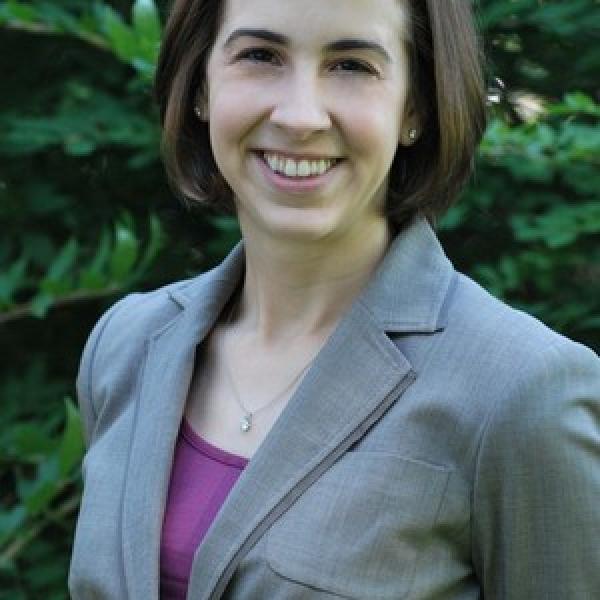New Research Examines Indiana Choice Scholarship Program's Effect on Participating Schools
Initial data from Indiana's School Choice Scholarship Program shows that many schools' decisions whether to participate in a school-choice policy are influenced by the policy's regulations and their expected impacts on school priorities. Therefore, solving voucher program implementation challenges requires more insight into the relationship between schools and a state's policy details, according to sociologist Megan Austin of the University of Notre Dame's Department of Sociology and Center for Research on Educational Opportunity (CREO).

Austin’s research, published recently in the Journal of School Choice, analyzed data from the first year of the voucher program and found that many schools were concerned about how participation could affect their academic and religious identities. Schools’ strong identities were often what motivated them to accept voucher students despite these concerns and to adjust to challenges in their first year of participation. The Indiana Choice Scholarship Program was created in 2011 and offers students vouchers to attend the primary or secondary school of their choice. However, students can only attend schools that have chosen to participate in the program. Many schools chose not to participate due to concerns over maintaining their autonomy, with only 33 percent of non-Catholic private schools participating in the program in its first year. More than 90 percent of Catholic schools, however, chose to participate.
"Better understanding the relationship between schools and school choice policy can help both schools and policymakers address voucher program implementation challenges in Indiana and nationwide,” said Austin in the article, “Responses to Voucher Policy: Participation Decisions and Early Implementation Experiences in the Indiana Choice Scholarship Program.”
Austin, a PhD student and University Presidential Fellow, noted that the “demand-side” of voucher policy, comprising families’ decisions on where to send their children and the effects of using a voucher on individual students’ educations, is better understood than the “supply-side”—decisions made by schools on whether or not to accept voucher students and the effects of participating on schools’ identities and practices. Austin’s analysis suggested more research into the early concerns and experiences of the schools could help policymakers designing voucher programs and educators making decisions about program participation in the future.
The article, published in the Journal of School Choice on August 6, is available online for subscribers: http://www.tandfonline.com/doi/full/10.1080/15582159.2015.1061384#.Vcie_HghMwN.
Contact: Bill Schmitt, Institute for Educational Initiatives, wschmitt@nd.edu, 574-631-3893

